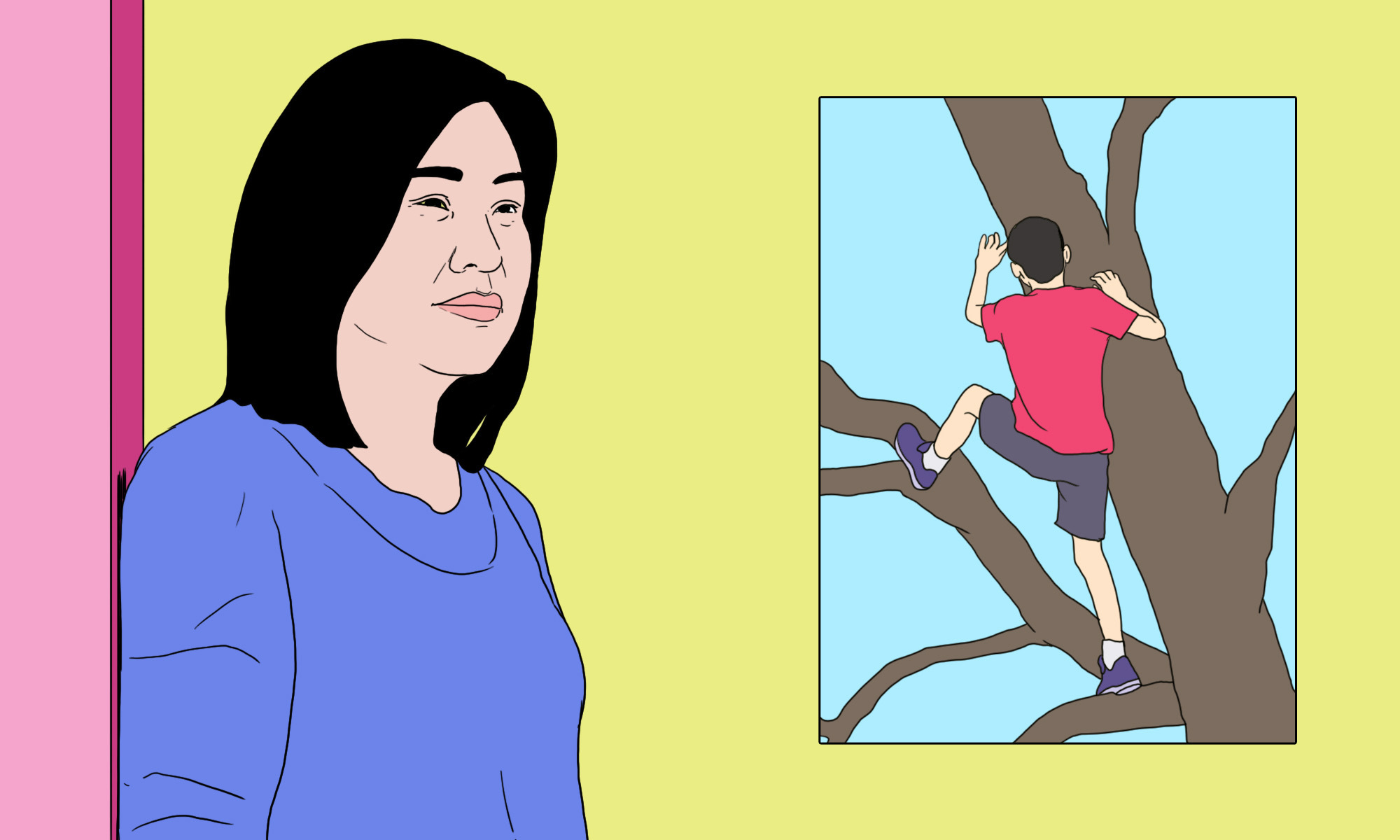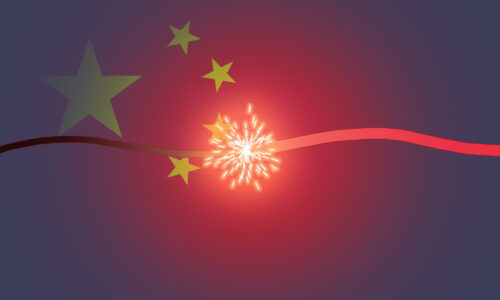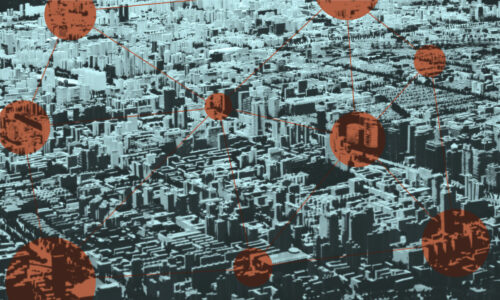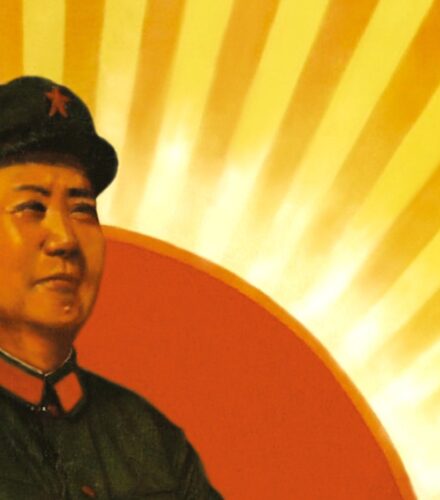‘The Sacred Clan’: Liang Hong turns to fiction to explore rural China
Realism and the supernatural mix in Liang Hong’s “The Sacred Clan,” a collection of short stories that continues the author’s lifelong work of capturing rural China.

“Without some exposure to the Chinese countryside, nobody should say that they really understand China,” the translator Esther Tyldesley observes when asked about the significance of the work of writer Liáng Hóng 梁鸿.
Over the last 13 years, Liang has established herself as the pre-eminent chronicler of contemporary Chinese rural life. Her 2010 book, published in English as China in One Village, sold hundreds of thousands of copies in China and garnered a medley of literary prizes. It recounted Liang’s experiences as she returned from Beijing to her childhood village in landlocked and traditionally agricultural Henan Province; it was a bleak portrayal of an already traumatized countryside that was now suffering the indignity of being forgotten in China’s pursuit of urban-oriented development. “We have forgotten what a scholar once said,” she wrote in that book. “‘Modernization is a classic tragedy. For every benefit it brings, it asks the people to pay with all they hold of value.’”
Liang continued to write about her home village in two subsequent nonfiction books, to similar acclaim, but the professor of Chinese literature at Renmin University in Beijing has more recently turned to fiction to tell the story of rural China, publishing the novels The Light of Liang Guangzheng (2017) and Four Forms (2021). This summer, a translation of her collection of short stories, The Sacred Clan, is to be published, a book which, as Tyldesley says, “displays life in the rural areas of her province in all its messy, unvarnished, fascinating complexity.” (Tyldesley won a PEN Translates award for her translation of The Sacred Clan.)
What was behind the shift to fiction? “After writing three nonfiction books, and because of my long-term experience of researching and living in the countryside, ‘rural’ China is no longer merely conceptual and symbolic,” she tells me from Beijing. “It is composed of vivid, vibrant individuals, trees, houses, and even dust in the sunlight. It took root deep in my mind.”
The first story, “A Shining Cloud Moving Over the Skies of Wu Town,” relates the story of a young boy named Aqing who climbs the town’s sacred scholar tree in order to prevent it from being cut down. When she started work on that story, Liang says, “the space and people of the town appeared in my mind simultaneously, along with the general shape of the town, where the large scholar tree was located, what the school looked like, the direction of the river behind the town, and the people living in it. They were all very clear and vivid in my mind, as if they had been living there all along, waiting for me to write them out.”
The book mixes a detailed realism with supernatural, magical, and fantastical modes of writing; at the end of the first story, for example, Aqing transforms into a “tree boy,” his body covered in mold and a seedling emerging from his mouth. What was behind this fusing of almost sociological depiction with elements of often confounding fantasy? “The most basic reason I use this mode of writing is that contemporary Chinese life still has very strong mystical elements,” she comments. “The supernatural and fantastical writing in the book is not because I want to specifically adopt this style, but because Chinese life is inherently like this.”
Equally striking is the way the 10 stories are, as Liang describes it, “independent but unified.” Characters and settings recur, creating a “web-like understanding” of the town by the time the reader has finished the collection. One central hub of the web cast by Liang is Dr. Lizhi’s clinic, which the author describes as akin to “a stage where people come and go,” gathering, gossiping, and revealing secrets.
The interconnectedness of the townspeople and their stories has cultivated little by way of fellow feeling, however. In one of the doctor’s first appearances in the collection, he emerges from his clinic to find an old woman in a wheelchair outside. “The fixed smile on the old woman’s face made the skin on his scalp crawl,” Liang writes in the story “Drifting,” “so he walked over, pulled the wheelchair onto the street from its crack in the paving stones and gave it a sharp shove in the direction of the crossroads.” There is a cruelty at the heart of life in Wu Town that is frequently bracing in its casualness, and echoes stories documented in Liang’s nonfiction work; her unflinching attitude to what she calls a “certain truth of human nature” is perhaps part of what appealed to celebrated film director Jiǎ Zhāngkē 贾樟柯, who made a documentary titled Swimming Out Till the Sea Turns Blue about Liang and three other Chinese writers in 2020.
How has life changed for rural people since the publication, 13 years ago, of Liang’s first book on her home village? “China’s policies on rural areas have been improving,” she says. “The previously very strict household registration system (hukou) has become more flexible, conditions and rules for migrant workers working in cities have improved, and rural reconstruction has begun. All these policy changes have made rural life better.’
Addressing the poverty of the Chinese countryside, and some of the systemic issues which cause China’s urban-rural divide, has been a policy focus under Xí Jìnpíng 习近平, who declared “complete victory” in eradicating rural poverty in 2021 — the year of the 100th anniversary of the Chinese Communist Party. However, Liang notes how difficult it still is for rural migrants to establish lives in China’s cities. “Most of them can only build houses in their rural hometowns, and most rural young people still leave their children to their parents while they work in cities.”
Liang’s work has consistently and vividly documented the profound socioeconomic realities of life in rural China, but, as Esther Tyldesley notes, her work has always encompassed so much more of the intangible nature of life in the countryside: “The lingering traditions, the landscapes and foods of small-town China, the humdrum conflicts that mean so much to the people involved, sometimes even a hint of the uncanny,” the translator comments. In the intertextual, hyperreal world she conjures in The Sacred Clan, it feels like Liang has alighted on the most satisfying and suitable vehicle yet for the portrayal of a rural world that remains so integral to her — and China’s — identity and inner life.






